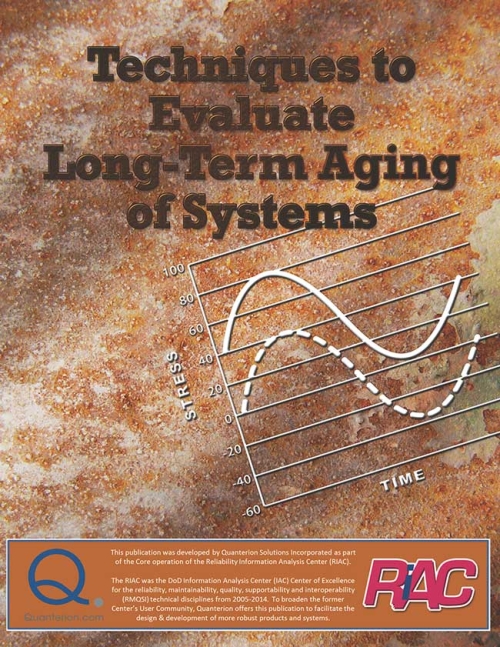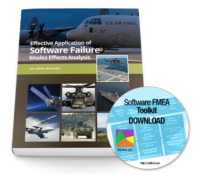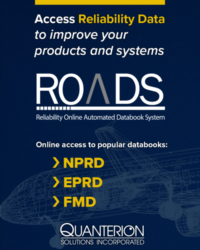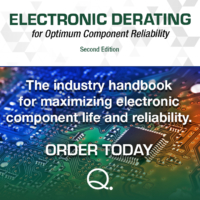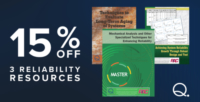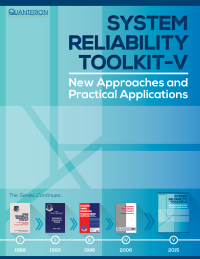| 1. Introduction |
1 |
| 2. General Design Considerations for In-Service Conditions |
1 |
| 2.1. Desert Environments |
2 |
| 2.1.1 Temperatures |
2 |
| 2.1.2 Solar Radiation (UV) |
4 |
| 2.1.3 Dust (Airborne and Ground) |
5 |
| 2.1.4 Thermal Temperature Cycling |
6 |
| 2.1.5 Humidity |
6 |
| 2.1.6 Chemical |
7 |
| 2.1.7 Compatibility |
7 |
| 2.1.8 Interactions |
7 |
| 2.2 Arctic Environments |
7 |
| 2.2.1 Temperature |
7 |
| 2.2.2 Solar Radiation (UV) |
8 |
| 2.2.3 Dust (Airborne and Ground) |
9 |
| 2.2.4 Thermal Cycling |
9 |
| 2.2.5 Humidity |
9 |
| 2.2.6 Chemical |
11 |
| 2.2.7 Compatibility |
11 |
| 2.2.8 Interactions |
12 |
| 2.3 Tropical Environments |
12 |
| 2.3.1 Temperature |
12 |
| 2.3.2 Solar Radiation (UV) |
12 |
| 2.3.3 Dust (Airborne and Ground) |
13 |
| 2.3.4 Thermal Cycling |
13 |
| 2.3.5 Humidity |
14 |
| 2.3.6 Chemical |
14 |
| 2.3.7 Compatibility |
15 |
| 2.3.8 Interactions |
15 |
| 3. Aging Factors Related to Ferrous and Non-Ferrous Metals |
15 |
| 3.1 Properties of Metals |
15 |
| 3.1.2 Metal Basics |
15 |
| 3.2 Failure Modes and Mitigation Techniques |
18 |
| 3.2.1 Yielding |
18 |
| 3.2.2 Elastic Deformation |
21 |
| 3.2.3 Brinelling |
21 |
| 3.2.4 False Brinelling |
22 |
| 3.2.5 Brittle Fracture |
23 |
| 3.2.6 Ductile Fracture |
24 |
| 3.2.7 Buckling |
25 |
| 3.2.8 Creep |
25 |
| 3.2.9 Galling |
26 |
| 3.2.10 Spalling |
27 |
| 3.2.11 Wear |
28 |
| 3.2.12 Fatigue |
29 |
| 3.2.13 Corrosion |
32 |
| 3.2.13.1 Uniform Corrosion |
33 |
| 3.2.13.2 Galvanic Corrosion |
36 |
| 3.2.13.3 Crevice Corrosion |
42 |
| 3.2.13.4 Pitting Corrosion |
44 |
| 3.2.13.5 Stress Corrosion Cracking |
47 |
| 3.2.13.6 Corrosion Fatigue |
55 |
| 3.2.13.7 Intergranular Corrosion |
57 |
| 3.2.13.8 Selective leaching |
59 |
| 3.2.13.9 Erosion corrosion |
60 |
| 3.2.13.10 Exfoliation |
61 |
| 3.2.13.11 Microbiological Influenced Corrosion (MIC) |
62 |
| 3.2.13.12 Filiform Corrosion |
64 |
| 3.2.13.13 Hydrogen Damage |
65 |
| 3.2.13.14 Hot Corrosion |
65 |
| 4. Polymers |
69 |
| 4.1 What is a Polymer |
69 |
| 4.1.1 Monomers and Macromolecules |
70 |
| 4.1.2 Thermoplastics, Thermosets and Elastomers |
71 |
| 4.1.2.1 Blends |
72 |
| 4.1.2.2 Crystalline or Amorphous |
72 |
| 4.1.2.3 Molecular Weight |
73 |
| 4.1.2.4 Formation Process |
73 |
| 4.1.2.5 Process Considerations for Curing Thermosets |
74 |
| 4.1.2.6 Glass Transition |
74 |
| 4.1.2.7 Stress-Strain |
75 |
| 4.1.3 Fluids |
80 |
| 4.1.4 Thermal Conductivity |
81 |
| 4.1.5 Aging |
81 |
| 4.2 Failure Modes and Special Environmental Considerations |
82 |
| 4.2.1 Specific Design Considerations for Polymers in Out-of-Service Conditions |
82 |
| 4.2.2 Specific Design Considerations for Polymers in In-Service Conditions |
82 |
| 4.2.2.1 High Temperature |
82 |
| 4.2.2.2 Low Temperature |
83 |
| 4.2.2.3 Solar Radiation (UV) |
83 |
| 4.2.2.4 Thermal Temperature Cycling |
83 |
| 4.2.2.5 Cyclic Mechanical Load Cycling |
83 |
| 4.2.2.6 Humidity |
84 |
| 5. General Reliability Design and Analysis Considerations |
97 |
| 5.1 Understanding Life Cycle Cost Concepts |
97 |
| 5.2 The System Design Process |
110 |
| 5.3 Design for Reliability |
114 |
| 5.4 Materials and Parts Selection and Control Strategies |
115 |
| 5.5 Reliability Physics |
122 |
| 5.6 Failure Modes, Effects and Criticality Analysis (FMECA) |
125 |
| 5.7 Fault Tree Analysis (FTA) |
135 |
| 5.8 Life Modeling and Testing |
141 |
| 5.8.1 Acceleration Factors Used in Life Models |
143 |
| 5.8.2 Accelerated Life Testing |
150 |
| 5.8.3 Highly Accelerated Testing |
159 |
| 5.8.3.1 Step-Stress Testing |
160 |
| 5.8.3.2 Progressive Stress Testing |
162 |
| 5.8.3.3 Highly Accelerated Life Testing (HALT) |
163 |
| 5.8.3.4 Highly Accelerated Stress Test (HAST) |
166 |
| 5.8.4 Design of Experiments |
167 |
| 5.9 Reliability Testing |
177 |
| 5.9.1 Reliability Growth Testing and Reliability Demonstration Testing |
182 |
| 5.10 Data Collection and Analysis |
200 |
| 5.10.1 Types and Sources of Data |
215 |
| 5.11 Failure Analysis |
217 |
| 5.11.1 Root Failure Cause Analysis |
224 |
| APPENDIX A: References Reviewed |
A-1 |


